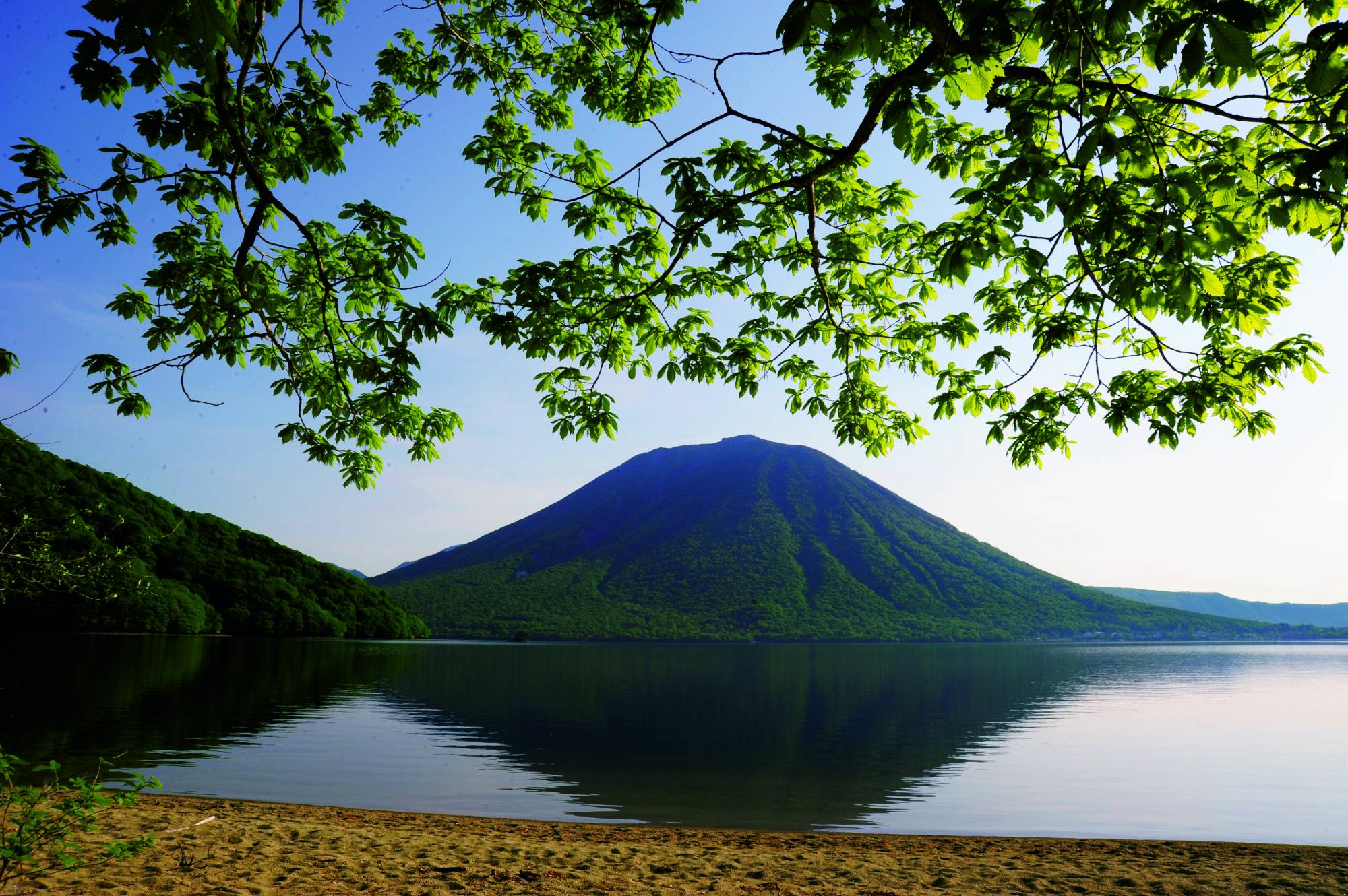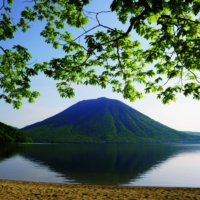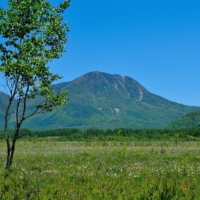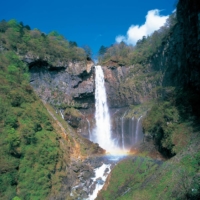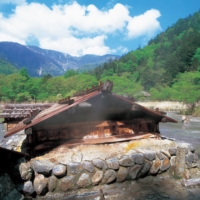Located in Tochigi Prefecture, the city of Nikko has long been thought of as a deeply mystical place. Before his death in 1616, Tokugawa Ieyasu — the man who unified Japan and established the Tokugawa shogunate that ruled over the country until 1868 — selected Nikko as his final resting place. He had never visited the area before, but he chose it because he considered it a domain of the gods.
Today, the massive Toshogu shrine complex where Ieyasu is entombed has become the undisputed symbol of Nikko. Intricately ornate, Toshogu is full of historically significant structures, fascinating carvings and some of the finest examples of Japanese art. It’s little wonder that Toshogu was recognized in 1999 by UNESCO as part of The Shrines and Temples of Nikko World Heritage site, together with the Futarasan shrine and the Rinnoji temple (home to Taiyuin, the mausoleum of Ieyasu’s grandson, and 22 registered National Treasures.) Yet for all its splendor and, some might say, somewhat flamboyant magnificence, Toshogu never feels as imposing as the forest surrounding it. Ancient and grand, it seems exactly like somewhere gods would reside, as do so many other verdant locations in and around Nikko.
That world of mystic landscapes is now more accessible than ever to foreign travelers thanks to the Tobu Railway Nikko Discount Ticket. Available for ¥3,800 for adults and ¥980 for children, the ticket covers the cost of a round-trip train ride to any station on the Tobu Skytree Line, Tobu Nikko Line and Tobu Kinugawa Line and covers all the public transportation costs within the city, including Tobu’s Akechidaira Ropeway. The Nikko Ticket can be purchased at the Tobu Tourist Information Center in Tokyo’s Asakusa and Ikebukuro districts, but only by foreign nationals. From there, the pass holders can immediately set off on a journey into the land of unspoiled landscapes and Japanese gods.
Irohazaka serves as the spellbinding entrance to that world. A set of two twisting roads with a total of 48 tight turns, Irohazaka snakes its way up, connecting the urban parts of the area to the mountainous region of Oku-Nikko (inner Nikko), located in the heart of nature. To get a good view of it all, visitors can ride the Akechidaira Ropeway, which will offer them a chance to take in some of the local landmarks, including Mount Nantai, an important mountain worship site.
The mountain and everything as far as the eye can see from the ropeway are part of Nikko National Park. The park, which first opened in 1934, actually straddles Tochigi, Gunma, and Fukushima prefectures, covering for a total area of nearly 115,000 hectares. It is home to sprawling forests that in the fall come alive with dazzling autumn foliage colors, majestic canyons, marshes and swamplands that offer unforgettable hiking opportunities, as well as bodies of water like Lake Chuzenji.
Japan’s highest natural lake, Lake Chuzenji is located 1,269 meters above sea level at the foot of Mount Nantai. Its calming beauty has fascinated people for centuries, and even today, scores of tourists flock to it to enjoy stand-up paddleboarding or to relax on a Tobu Chuzenjiko cruise, which will start touring the lake on April 20. Please note that the number will be limited this year due to the coronavirus pandemic. Visitors to the area can also enjoy the 25-km hiking trail that goes all around the lake, taking them through its ever-changing scenery, the lake’s namesake Chuzenji temple, and the memorial parks at the villas in the British and Italian embassies. For more than a century, Lake Chuzenji has been the summer destination of foreign dignitaries from all over the world, like British diplomat Ernest Satow, who constructed his private residence (later elevated to the status of an official embassy villa) on its shores in 1896. The construction of the neighboring Italian Embassy villas followed in 1928. Both are now parks and will be opened to the public in April.
While in the area, visitors also cannot miss the chance to see Kegon Falls. Said to be one of three most beautiful waterfalls in Japan, it’s where the waters of Lake Chuzenji plummet nearly 100 meters down in a captivating exhibition of power and grace. There is an elevator bored through the cliff which can take guests to an observation deck around the basin, offering the best possible views of the falls. Although most people visit Kegon in the autumn to enjoy the foliage, the falls offer something different but equally beautiful in every season.
From Kegon it’s not too far to the Senjogahara marsh. Originally a lake created during the eruption of Mount Nantai, it’s now part of a registered site under the Ramsar Convention on Wetlands of International Importance. Senjogahara is home to 350 species of plants and wildlife, including monkeys and bears. In the winter, snowshoe trekking is available in the area, while during the warmer months tourists can hike Senjogahara’s most popular trail, which takes three hours and starts at Yumoto Onsen. It’s also where one can kick off an exploration of the marsh with a relaxing dip in a hot spring.
The hot spring town of Yumoto Onsen is found north of Lake Yuno, which itself is fed by the Yukawa River and turns into the Yudaki Falls in the south. Appropriately, all the “yu” parts of those names mean “hot water.” The Yumoto hot springs trace their history back to 788 when they were discovered by the monk Shodo Shonin, the founder of Nikko’s shrines and temples. For well over a millennium now, the white sulfur-rich waters of the onsen (hot spring) have been helping people to relax and convalesce as they are said to help with a variety of ailments, from high blood pressure to chronic skin diseases. There are many ryokan inns in the area where visitors to Nikko can test those claims.
Another recommended accommodation is the Nikko Kanaya Hotel, the oldest resort hotel in Japan, first opened in 1873 by Zenichiro Kanaya and where such luminaries as Albert Einstein or Helen Keller have stayed. The hotel offers not just a connection with a real, tangible piece of Japanese history, but also easy access to Nikko’s famous Shinkyo Bridge. With its deep vermilion color and breathtaking surrounding scenery, one look is all it takes to understand why it has been ranked one of the most beautiful bridges in all of Japan.
To finish a visit to Nikko in style, people should consider returning on the Tobu Railway Express 100 series, nicknamed Spacia, the tickets for which are 20% off for Nikko Discount Ticket holders. Additionally, the company’s dedication to combating the coronavirus, from mask mandates to disinfections and ventilating train cars, is something that’s offered to every Tobu Railway passenger at all times.
For further information on Nikko and surrounding areas, please see: https://www.tobu.co.jp/en/sightseeing/nikko_kinugawa/
Also please visit: https://www.tobu.co.jp/en/ (Tobu Railway), https://www.tobu.co.jp/en/sightseeing/cp/brand/ (Nikko and surrounding area information in English) and https://www.kanayahotel.co.jp/eng/nkh/ (Nikko Kanaya Hotel).



